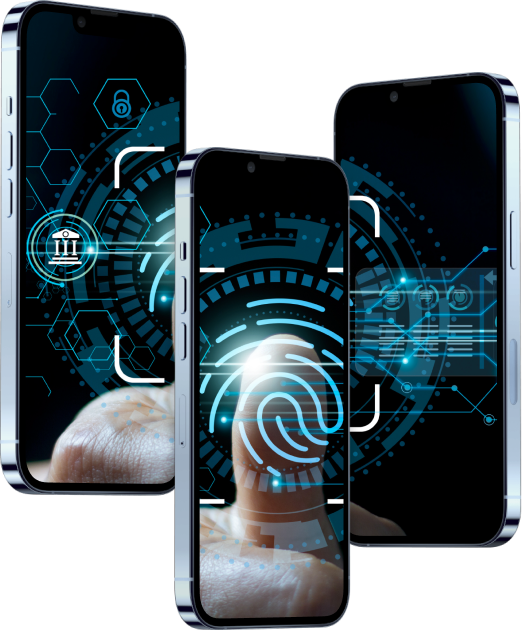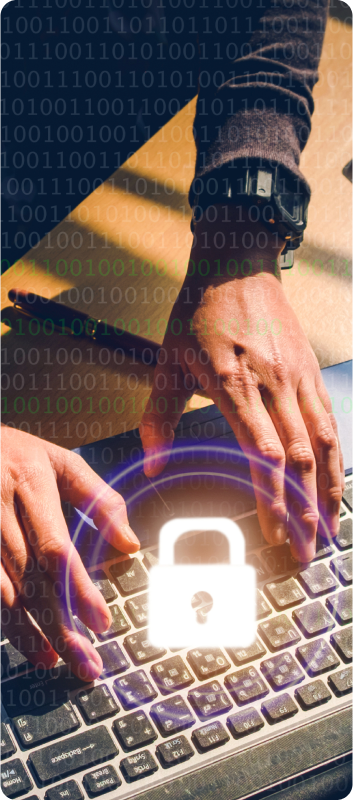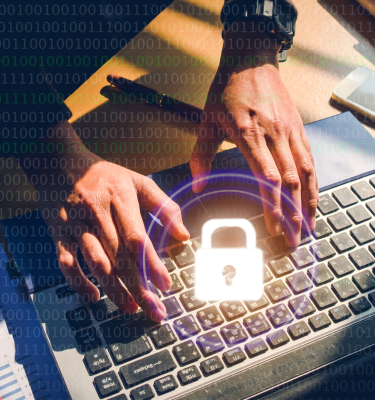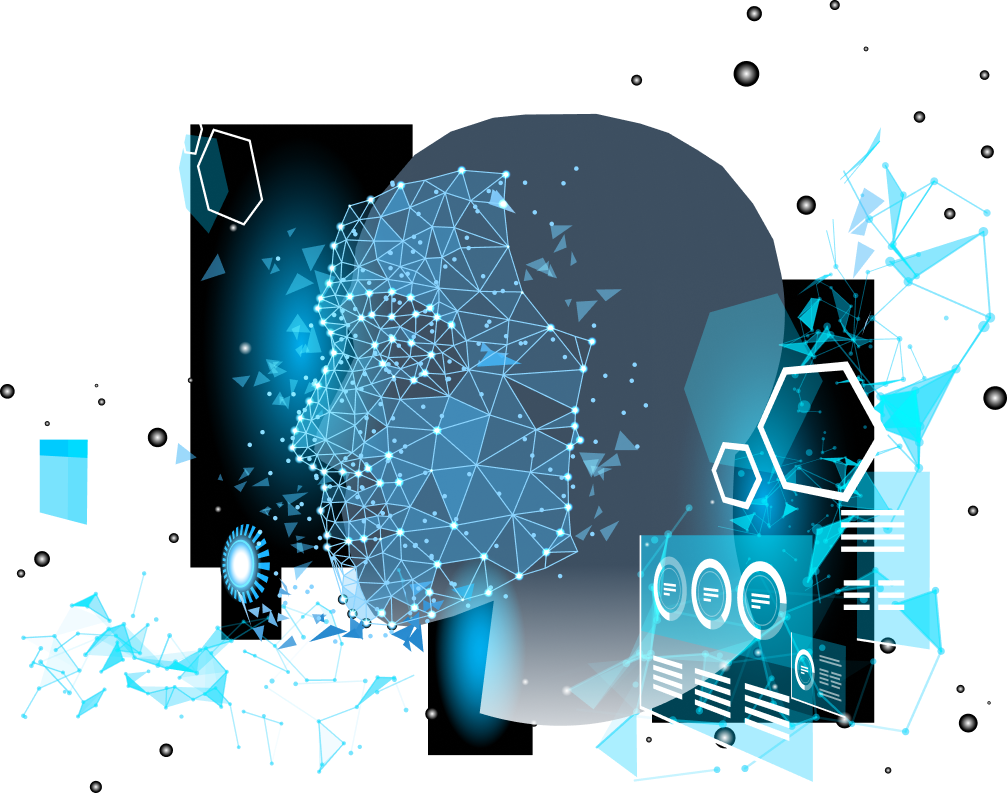Results Phase 1
In the first Phase multiple initial meetings were organized for commonly establish the next aspects of the project:

This module compares and validates the image of the face of a person from their CI document with a selfie image of the owner of the document
The module that detects whether the face in a video is real (from a person present live at the capture point) or false (from a different source, in which the person is not present live).
The module that takes the image of the identity cards and extracts the information such as name, surname, domicile, personal number, series, number and validity period of the identity card, nationality, gender of the person, issuing section;
Results Phase 2
The running of the system presented in activity 2.1 is done on several instances, according to the type of the executed action. The web application has been configured on a cloud system, with 100% accessibility and uptime. Also, the data visualization application works in the same way. In order to limit the costs necessary for the maintenance of a system that can run the machine learning algorithms necessary for the application, the configuration of the algorithms, but also of the server that controls the access to the algorithms and the application flow was made on a local server.
The testing of the algorithms in activity 2.2 was done in a static environment, using recordings, so that it could be used in a dynamic environment, having a video stream, unlimited, with user interaction and providing guidance, completions for the extraction of partial results during the execution were brought and put in place, as well as their selection and validation during the completion of the flow. The system has the task of making a single informed decision on the authenticity of the person in question, so the 3 methods presented above will be used in a voting system, each model having a predetermined share, depending on the importance of the algorithm and its accuracy. analyzed in activity 2.2. Thus, based on this calculation, the confidence that the person is real will be established, and in the end, a decision will be made based on a lower credit limit.
The main components that make up the purpose of the project, starting from the most abstract level to the user interface, are:
- artificial intelligence algorithms and data analysis procedures
- command server
- web application
- back office server and data visualization( back office)
According to the architecture presented in Activity 2.1, the algorithms used are divided into several categories defined by the function they perform in the system:
- detection and formalization of the identity document
- extracting information from the identity document
- facial comparison between the identity document and a frame of the person in question detecting the authenticity of the person: false detection, head position detection, emotion detection
The testing of the experimental model and the prototype conformed to a software testing strategy on several levels of the application:
- unit tests at the code level
- integration tests to verify the performance of the evaluation of the results
- evaluation tests – for choosing methods with greater accuracy on test data
- performance-related performance tests
To ensure that the algorithms will have the same quality of performance, after being linked to the web application part, several tests were performed on the collected data set.
- unit tests at the code level
- integration tests to verify the performance of the evaluation of the results
- evaluation tests – for choosing methods with greater accuracy on test data
- performance-related performance tests
The whole enrollment process has five stages
presentation of the identity card at the video capture lens (webcam/phone camera)
video capture of the person looking at the camera lens


capturing a selfie picture
performing two head movements (two randomly selected left, right, up, and down movements)
the stage at which the user must smile broadly
The enrollment process explained
Get in touch
We are always happy to talk
Phone
+40-21-223-7700
hello@tremend.com
Address
165 Splaiul Unirii, Timpuri Noi Square,
TN Office 2 building, 4th floor,
District 3, Bucharest, Romania, 030134
